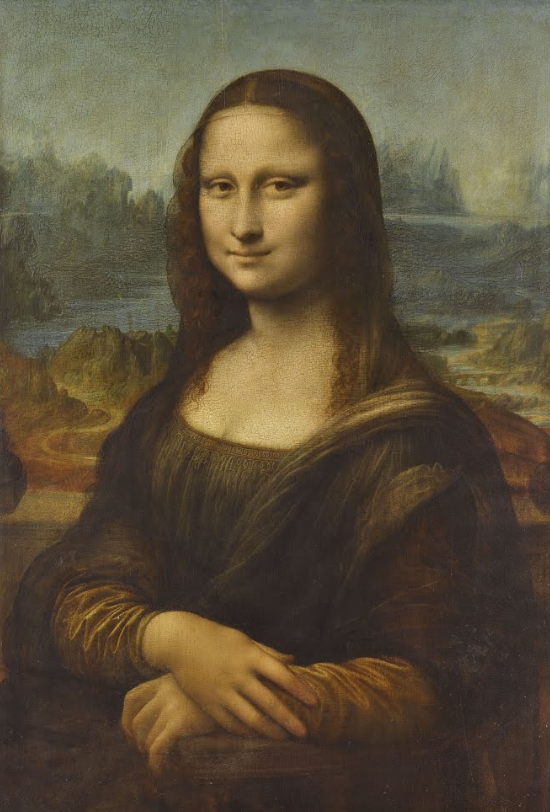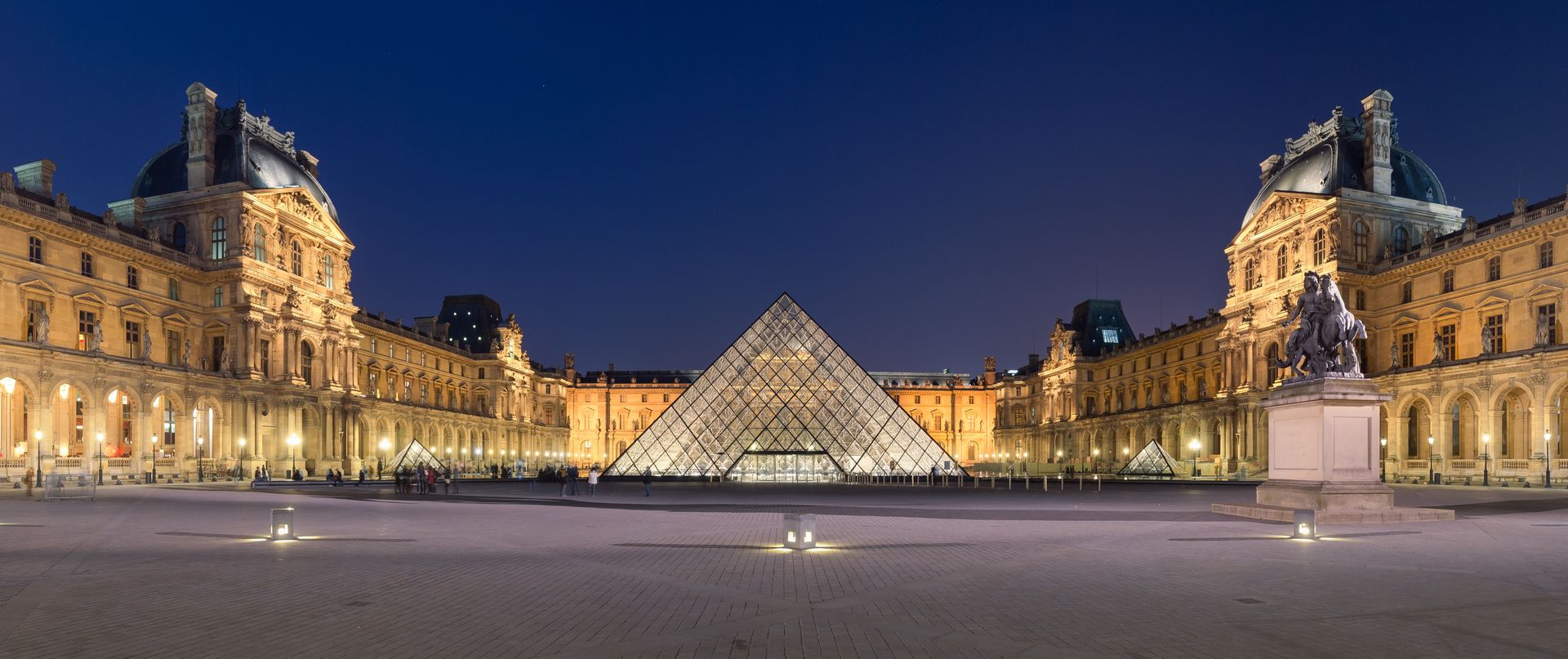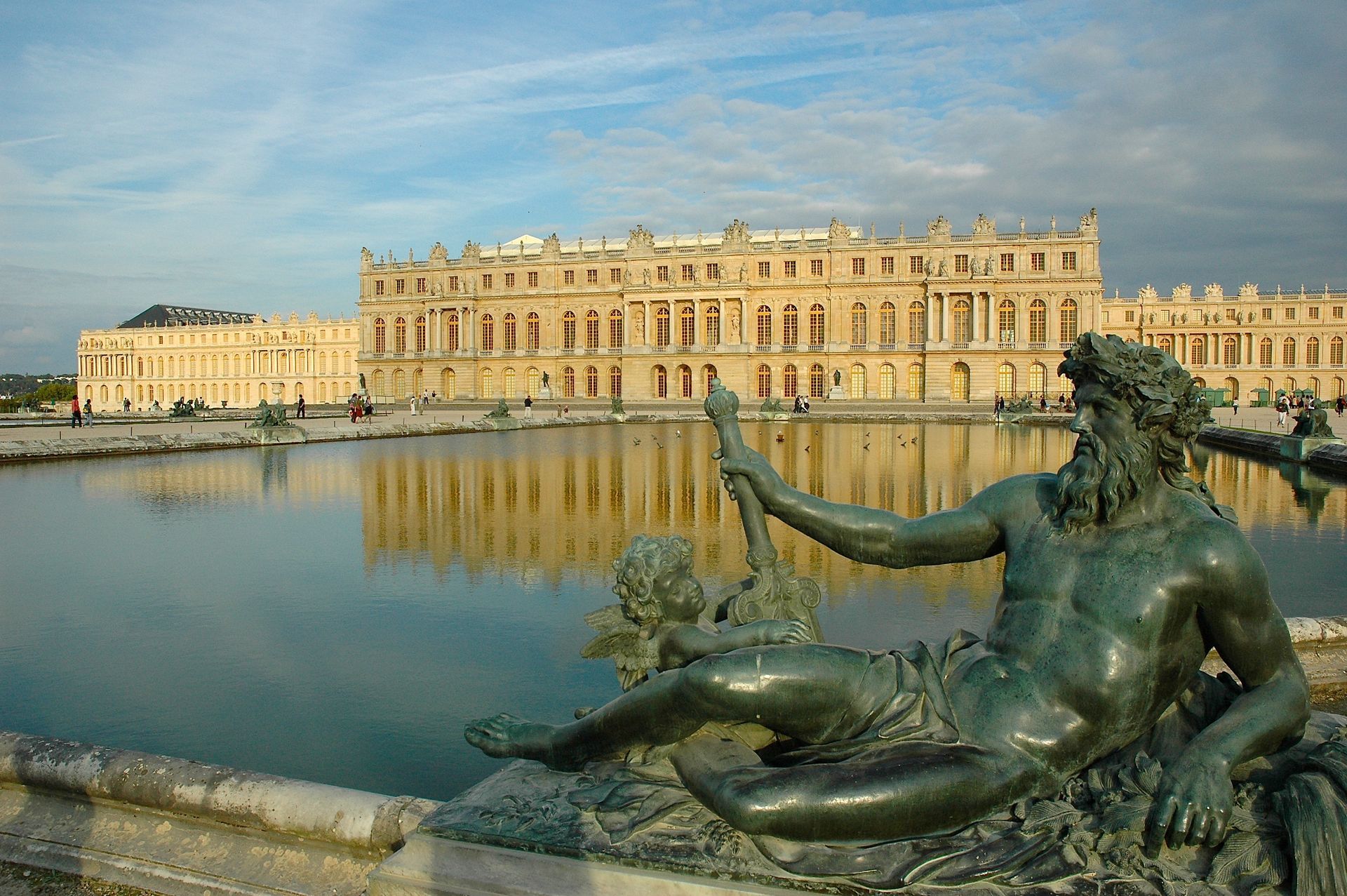- HOME
- Cultural Explorer Itineraries
- Cultural Explorer Travel
- Cultural Explorer Books
- Cultural Explorer Art
- Cultural Explorer Auction Houses
- Travel, Culture and Books - Blog
- More
- England
- Europe
- United States
- Spain
- Denmark
- Germany
- England - Yorkshire
- England - London
- England - Durham
- England - Liverpool
- England - Stratford upon Avon
- Spain - Cadiz, Jerez, Madrid
- Spain - Barcelona
- Spain - Sevilla
- Spain - Malaga and Ronda
- France - Paris
- Boston and New Haven Logisitics - Itinerary, travel, accommodation
- Boston Freedom Trail, Tea Party and Cheers
- New Haven and Yale University
- Hartford - Mark Twain's House
- Boston Art Museums - MOFA and Isabella Stewart Gardner
- Harvard and MIT Museums
- Cultural Explorer Travel - Top 10 Museums in London
- Cultural Explorer Travel - Top 10 Museums Yorkshire
- Cultural Explorer Art - Top 10 Art Galleries in London
- Cultural Explorer Art - Top 10 Controversial Paintings
- Cultural Explorer Art - The Life of the Mona Lisa
- Cultural Explorer Art - The Bowes Museum - Norman Cornish and LS Lowry
- Cultural Explorer Art - Top 10 Art Galleries in Yorkshire
- Cultural Explorer Books - Top 15 Books about Art
- Cultural Explorer Books - From a North East American Trip
- Cultural Explorer Books - Top 10 Books about Spain
- Cultural Explorer Books - Top 10 Latin American Books
- Cultural Explorer Books - Top 10 Greek Myths Books
- Cultural Explorer Books - Top 15 United States Contemporary Fiction Books
- Cultural Explorer Books - Top 10 Non-Fiction about the US
- Cultural Explorer Books - Top 10 Japan Books
- Cultural Explorer - Top 10 Books about Humans
- Cultural Explorer Auction House - Sotheby's
- Cultural Explorer Auction House - Christies
- Cultural Explorer Auction House - Bonhams
- Cultural Explorer Auction House - Phillips
- ads.txt
- Terms and Conditions


Mona Lisa
Mona Lisa, by Leonardo da Vinci, from C2RMF retouched - Mona Lisa - Wikipedia
https://amzn.eu/d/ffTWXI2
Reading the book I, Mona Lisa by Natasha Solomons, made me realise the incredible life the painting Mona Lisa has had. These are the 25 most important moments in the history of the Mona Lisa:
- 1503-1506 – Creation of the Mona Lisa: Leonardo da Vinci began painting the Mona Lisa in Florence, believed to be a portrait of Lisa Gherardini, the wife of a wealthy Florentine merchant.
- 1516 – Leonardo moves to France: At the invitation of King Francis I of France, Leonardo da Vinci moved to France, bringing the Mona Lisa with him.
- 1519 – Leonardo’s Death: Leonardo da Vinci died in Amboise, France, and the Mona Lisa was left in his possession. After his death, it was acquired by King Francis I.
- Early 1500s – Mona Lisa in the French Royal Collection: After Leonardo’s death, the Mona Lisa became part of the French royal collection. King Francis I displayed it at the Château de Fontainebleau, his main residence.
- 1699 – Display at Versailles: King Louis XIV moved the Mona Lisa to the Palace of Versailles, where it remained among the royal art collections.
- 1797 – Transfer to the Louvre: After the French Revolution, the painting was moved to the Louvre, which had become a public museum.
- 1800 – Mona Lisa in Napoleon’s Bedroom: Napoleon Bonaparte took the painting from the Louvre and hung it in his bedroom in the Tuileries Palace for a brief period.
- 1804 – Returned to the Louvre: After Napoleon’s downfall, the Mona Lisa was returned to the Louvre, where it became part of the national collection.
- 1851 – Early Recognition as a Masterpiece: Critics like Théophile Gautier began to recognize the Mona Lisa as one of Leonardo’s finest works, cementing its status as a masterpiece.
- 1863 – Critique by Charles Baudelaire: The painting became the subject of literary analysis, with Baudelaire exploring its mysterious qualities.
- 1867 – Display at the Exposition Universelle: The Mona Lisa was exhibited at this international exposition in Paris, gaining more attention.
- 1870 – Hidden during the Franco-Prussian War: To protect it from being damaged or stolen, the Mona Lisa was hidden during the Franco-Prussian War.
- 1911 – Theft of the Mona Lisa: In one of the most notorious art heists, the Mona Lisa was stolen by Vincenzo Peruggia, an Italian handyman, from the Louvre.
- 1913 – Recovery of the Mona Lisa: The painting was recovered in Florence two years after the theft and returned to the Louvre.
- 1939 – Evacuation during World War II: As Nazi forces approached Paris, the Mona Lisa was evacuated from the Louvre and hidden at various locations to protect it from looting.
- 1945 – Return to the Louvre: After the end of World War II, the Mona Lisa was returned to its home in the Louvre.
- 1956 – Vandalism Incident: The Mona Lisa suffered minor damage when a vandal threw acid and later a rock at it, which led to heightened security measures.
- 1962 – World Tour (Washington D.C. and New York): Under the initiative of French President Charles de Gaulle, the Mona Lisa was sent on a world tour, including stops at the National Gallery in Washington, D.C., and the Metropolitan Museum of Art in New York.
- 1974 – Exhibition in Tokyo and Moscow: The Mona Lisa was displayed outside of Europe for the second time, traveling to Japan and the Soviet Union.
- 2003 – Louvre’s Mona Lisa Wing Opens: The Louvre Museum opened a new gallery exclusively for the Mona Lisa to accommodate the crowds of visitors it attracts.
- 2005 – Placed Behind Bulletproof Glass: After several incidents of vandalism, the Mona Lisa was placed behind bulletproof glass to ensure its protection.
- 2019 – Anniversary of Leonardo’s Death: To mark the 500th anniversary of Leonardo da Vinci’s death, the Louvre hosted a major exhibition featuring the Mona Lisa alongside other works by the master.
- 2019 – Loaned for a Virtual Reality Experience: The Mona Lisa was the center of a virtual reality experience created by the Louvre to allow visitors to explore its details up close.
- Ongoing Global Icon Status: The painting continues to hold a unique place in global popular culture, appearing in countless reproductions, media references, and artworks inspired by its enigmatic smile.
- Current Status – Most Visited Artwork in the World: The Mona Lisa remains the centerpiece of the Louvre’s collection, drawing millions of visitors annually.




Time with the French Kings
After Leonardo da Vinci moved to France under the patronage of King Francis I, the Mona Lisa was acquired by the French crown. Leonardo brought the painting with him when he settled at the Château du Clos Lucé in Amboise, where he spent his final years.
Upon his death in 1519, Francis I admired the painting and kept it in his personal collection at the Château de Fontainebleau. This marked the beginning of the Mona Lisa's association with French royalty.
Over the centuries, the painting was passed down through various royal collections, including that of Louis XIV, who displayed it at the Palace of Versailles.
When the French monarchy was overthrown during the Revolution, the Mona Lisa became part of the national collection and was moved to the Louvre Museum, where it became accessible to the public. Its journey from royal possession to a symbol of French national heritage is a testament to its enduring importance across different periods of history.
Welcome to the Château du Clos Lucé - The Clos Lucé (vinci-closluce.com)
Château de Fontainebleau Official Site Home Page (chateaudefontainebleau.fr)
Discover | Palace of Versailles (chateauversailles.fr)
Louvre Museum Official Website
File:Louvre Museum Wikimedia Commons.jpg - Wikimedia Commons



Facebook page: https://www.facebook.com/SarahCulturalExplorer
Instagram: https://www.instagram.com/sarahculturalexploreruk
My Bio: Travel opens doors to art, museums, and galleries, where stories come alive. I love books, paintings, collectors, and auctions - the treasures connecting us to history, creativity, and culture. Enjoy regular posts on my facebook page.
Email: culturalexploreruk@gmail.com